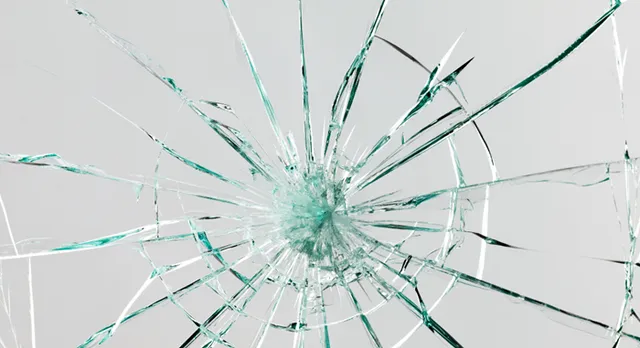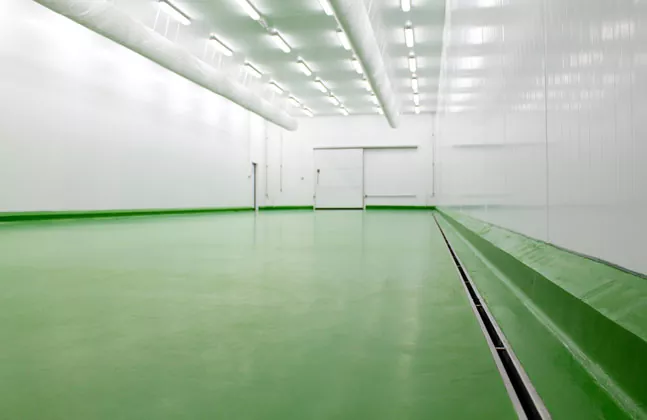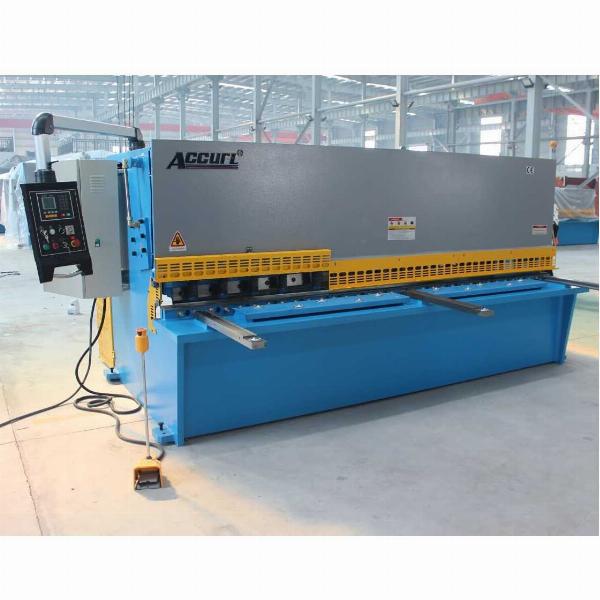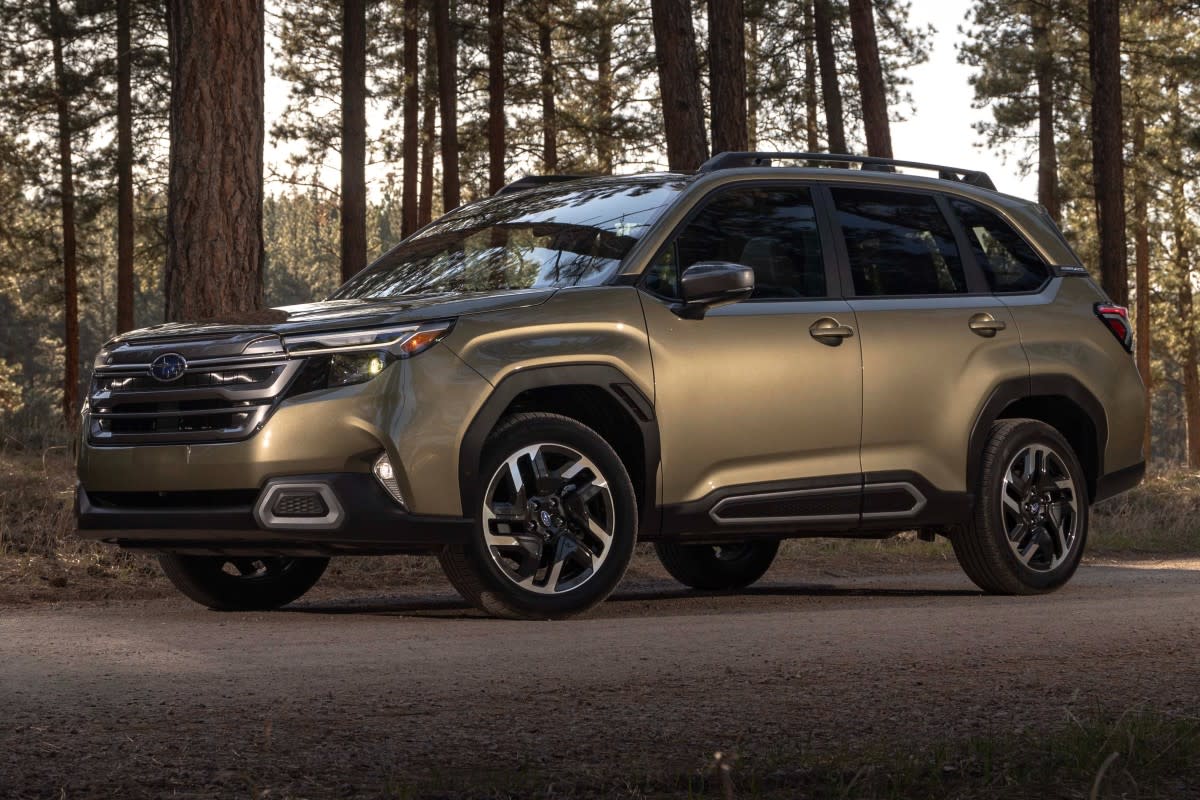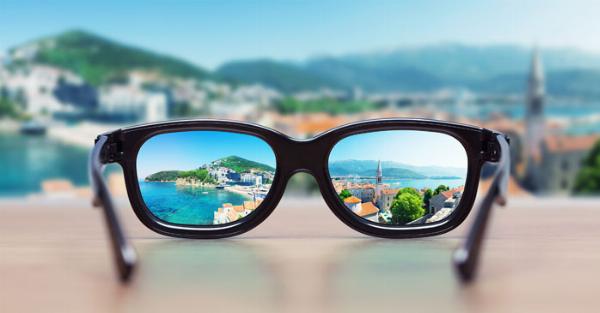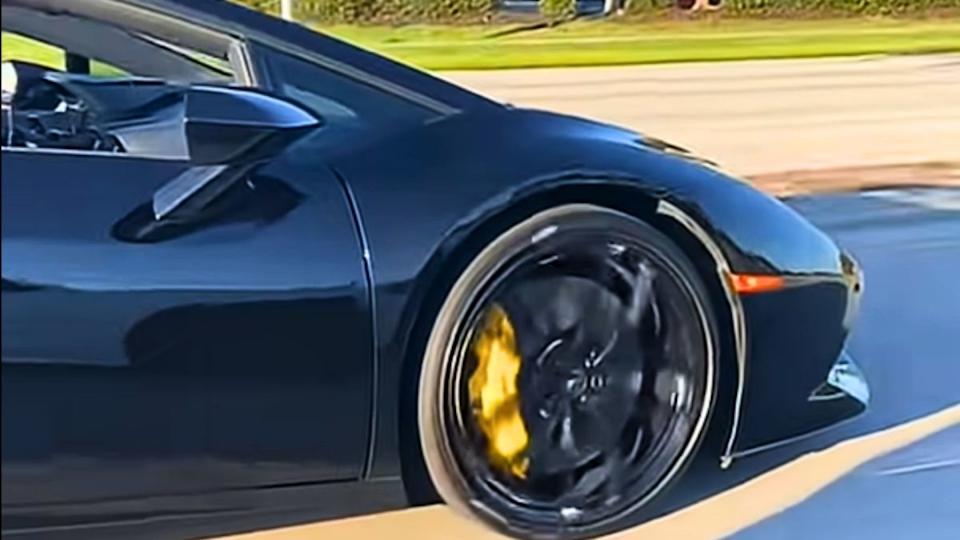Mitchell High grad Noah Larson, SDSU team impress NASA with moon rover prototype
Jul. 18—MITCHELL — Who knew that freshman year at college could be a chance to dazzle a group of NASA engineers?
Noah Larson, a 2024 graduate of Mitchell High School and a freshman at South Dakota State University, was part of a team of fellow students from Brookings who secured the Best Prototype Award at the Revolutionary Aerospace Systems — Academic Linkage (RASC-AL), an annual contest sponsored by NASA and administered by the National Institute of Aerospace for undergraduate and graduate students.
The competition took place in Cocoa Beach, Florida, in June.
"It's a competition that NASA puts on yearly. Basically, they will give a theme for the year, or multiple themes," Larson told the Mitchell Republic in a recent interview. "And then schools across the country are welcome to submit proposals for how they'd solve that issue."
The theme Larson's team chose was a small lunar rover. Dubbed NOVA for Next-gen Operations Virtual Assistant, the team had to come up with a design for a rover that would be able to do minor repairs, maintenance, and make connections to help set up lunar infrastructure for a lunar base that would be put on the moon by 2038.
NASA earlier this year had announced 14 finalist teams in multiple categories. Among those teams were engineering university mainstays like Virginia Tech and the Massachusetts Institute of Technology. NOVA was among two teams from SDSU at the competition, where teams had 25 minutes to explain their projects to judges and then took another 20 minutes of questions.
The NOVA team, made up of seven freshmen and two juniors, set out on creating their rover late last year.
"It had to be under 500 kilograms and be able to lift certain capacities for payloads on the moon," said Larson, who is studying mechanical engineering with a specialization in aerospace engineering. "There is a lot of cutting as much weight as possible while making sure it will still hold under weight."
They submitted their proposal and began working on their prototype design right away. The rover prototype is one-sixth scale and equipped to perform a selected number of tasks chosen by the team, so the team chose tasks that could be readily shown off during the competition. All told the rover measured about two-feet by two-feet by two-feet.
Larson said the team had focused on making functional the forklift system on the back, which was designed to handle heavier payloads, and the arm on the front to manipulate smaller objects with precision.
One challenge that came with the project was implementing designs to help the rover survive working in moon regolith, essentially moon dust that gets anywhere and everywhere and can cause damage to manmade equipment.
"It's basically just moon dust, but there is no atmosphere on the moon, so it doesn't degrade. So lunar regolith is basically just little saw blades," Larson said. "So anything on the moon has to be able to take care of dust before it shreds itself apart. The judges really hammered home on how you are going to protect your systems from being destroyed on the moon."
Arguably the ace in the hole for the NOVA team was the fact that their prototype actually functioned, at least on a limited scale. While other teams presented models that would represent their designs, the team from SDSU brought an actual, functioning prototype for review.
The novelty of seeing the rover moving around and showing off its functions appeared to be enough for the judges to give the award to the NOVA team.
"It felt really good to be getting an award like that, especially because a lot of people show up with kind of a model of how their prototype is supposed to look. Some people do show up with a semi-working prototype. So it feels good to actually have something that we designed that can function and we can see work," Larson said.
Traditionally, not every team even brings a prototype to the competition, but this year 13 of the 14 finalists did. Having the lone functioning prototype helped the NOVA team stand out, Larson said.
With the competition over and the team now returned home, the prototype rover is set to be used as part of a master's thesis project of another SDSU mechanical engineering student. Larson, in the meantime, has returned to Mitchell to take a break from academics and to work at his summer job.
Larson has aspirations of working in the aerospace industry, perhaps with military jets or in the realm of space. He has also considered working with Aerofly, a Brooking startup founded by SDSU graduate advisers. A summer job there would be a great way to get experience in the industry, he said.
But for now he'll concentrate on his studies and next year's event. There was some concern that recent funding issues would mean the end of the RASC-AL competition, but Larson said he learned recently that the contest is indeed on again for next year. It won't be long before the organizers release the theme for next year's contest.
When they do, Larson and his fellow budding engineers will be ready.
"The theme should be released in about a month," Larson said. "So once we get that, we'll get to work again."






